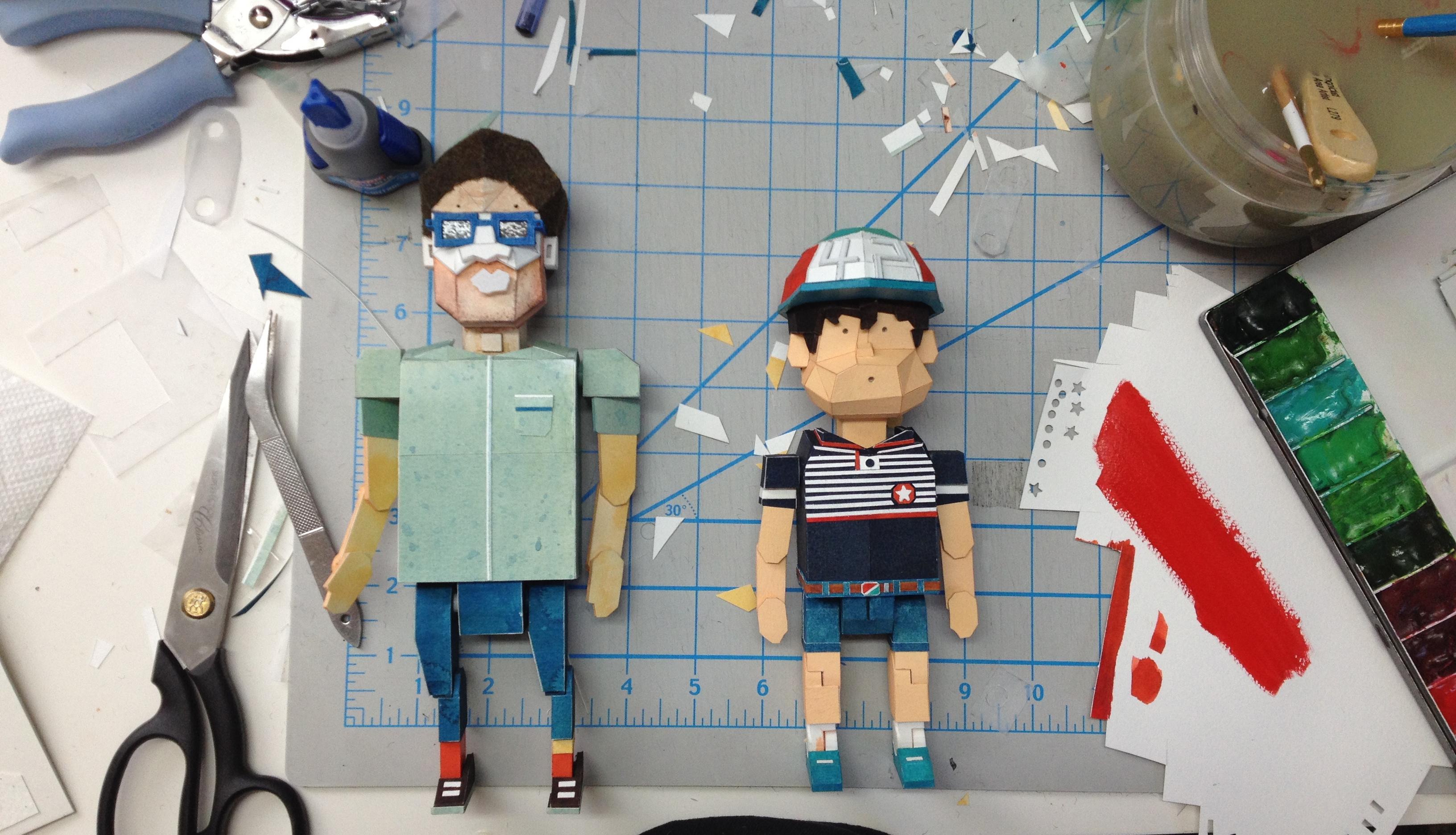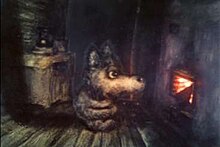Toei Doga
Cyborg 009 was a manga that was about a champion athlete that became a cyborg after a serious injury. It was adapted into an animation in 1966 (film), 1968 (TV series), 1979 (TV series) and 2001 (TV series).
Hiroshi Sasagawa
Made
Mach Go Go Go (1967), which was called
Speed Racer in the West. The Western version was censored and toned down to include less death.
Speed Racer along with
Astro Boy opened up the Western market for Japanese animation
USA

Disney made
The Jungle Book (1967), his last film before succumbing to lung cancer. The film was notable for animating the characters based on the movements of the voice actors for the first time.
UK
The Yellow Submarine (1968) was a film based on songs by The Beatles. Each song was animated with a different visual style, making full use of the technology of the time.
USA/Japan

MOM Production in Japan made a stop-motion film
Mad Monster Party (1967) for US producer Jules Bass. This film influenced the later work of Tim Burton.
UK
Oliver Postgate and Peter Firmin made the company Smallfilms and produced many children's series (
Ivor the Engine, Bagpuss and
Noggin the Dog) in a cow shed, which they converted into a stop-motion set.
Italy

Osvaldo Cavandoli made
The Line (1969), which was turned into comics and a TV series
Belgium
Belvision Studios made an adaptation of the first volume of
Asterix the Gaul (1967), without the creators consent or knowledge. The creators (Rene Goscinny and Albert Uderzo) couldn't stop the first film from being released, but stopped the sequel to be stopped in production.
Canada
Eva Szasz directed a short film based on the book
Cosmic View (1957) called
Cosmic Zoom (1968), which focused on a boy rowing a boat, zoomed out to the edge of the universe, then zoomed back in to the atoms on the boy's hand.
The film
The Powers of Ten was also based on the same book and came out at about the same time.
Croatia
Pavao Stalter and Branko Ranitovic directed an adaptation of Edgar Allen Poes
The Masque of the Red Death in 1969
Canada

Ryan Larkin produced a sequence award winning films in the 1960's, including
Walking in 1969
I may use him as an artist model in BVA 103's project proposal.
Russia
Andrei Khrjanovsky made
There Lived Kozyavin (1966) which was a commentary on the absurdity of faceless communist beaurocracy and was greenlit despite heavy KGB interference on all Soviet film production. Another film he made
The Glass Harmonica (1969) was the first animated film to be banned in Russia
UK/USA
Terry Gilliam created
Storytime 1968 and
Monty Pythons Flying Circus and he came up with the anarchic animation style by using a mix of photos, Victorian imagery, surreal machines and strange illustrations.
Film Review:
The Cosmic Zoom (1968)

All the zoom levels in this short are drawn by hand. Here is a close up of the mosquito drinking from the boy's hand.
This film begins with a live action sequence of a boy rowing a boat on a river, zooms out to the edges of the universe, zooms back in to the boy, and zooms in even further on the boy's hand to the atoms of an iron group in a haemoglobin molecule in a red blood cell being sucked up by the mosquito on his hand. The animation of the short was alright but was a little bit inaccurate when it came down to the miscroscopic level, I was unable to tell things apart when they represented amino acids, molecules and atoms all using circles.

Some of the images from
The Powers of Ten. Note what appears to be a Scanning Electron Micrograph of the skin in the bottom image third from the right.
I kept comparing
The Cosmic Zoom to
The Powers of Ten, another short based on the same novel, but was annotated.
The Powers of Ten was similar to
Cosmic View but the central image was a couple picnicking in the US, the zoom out was to 100 million lightyears and the zoom in ended to the subatomic structures of an atom in a DNA molecule in the nucleus of a white blood cell. I preferred
The Powers of Ten to
Cosmic View as it was annotated, explained what was on the screen and the images at the microscopic level are more accurate. When I watched
The Powers of Ten as a highschooler, it actually helped me understand the scale of things on both a macroscopic and microscopic level and helped me visualise things such as electron clouds surrounding an atom and the distance from the Earth to the Moon.












 the couch
the couch the UI screen
the UI screen
 Still from Hedgehog in the Fog
Still from Hedgehog in the Fog Still from Tale of Tales
Still from Tale of Tales








